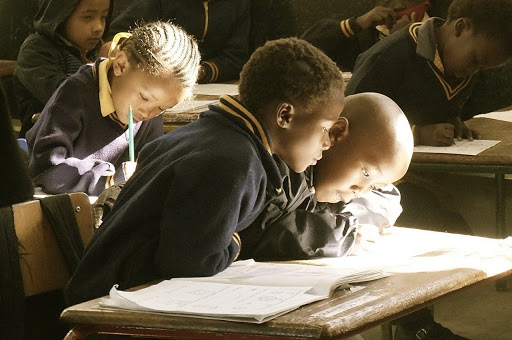
The practice of placing students in classes below or above their ability level is called mismatching–and while it may sound bad, it is often done deliberately and can be beneficial. For example, “overmatching”–when students are placed in more advanced classes than their previous performances would ordinarily merit–can actually improve performanceat the college level, as overmatched college students tend to rise to the occasion and succeed. But, does mismatching occur earlier on, in the middle school years? And is overmatching always the most advantageous position?
Fitzpatrick and Mustillo use nested, state-wide standardized testing data in their recent study to answer these questions. Starting with end-of-year test scores from Grade 5, and comparing scores in Grades 6-8, the authors find substantial mismatching does occur in middle school, with some students being more than a full grade level above or below their classmates in ability level. The most consistent predictor of mismatch was a poverty indicator. Non-poor students tended to be overmatched and poor students tended to be undermatched. And the outcomes of these mismatches are consequential and revealing.When students are undermatched in these middle school years, their learning is slowed, and in the end, they underperform in all subjects. This means poorer students, who tend to be placed in classes below their demonstrated past ability, consistently show diminished growth. And while middle schoolers tend to benefit from being overmatched in math, the authors find that overmatching is detrimental in language arts.
These findings suggest that all middle school students perform best when sorted into the most advanced math class possible, an opportunity more likely to be given to non-poor students. Alternatively, students perform best in language arts only when appropriately matched, which seems to not happen for most students. These findings call into question school sorting practices which appear to disproportionately undermatch poorer students and overmatch non-poor students. While schools and parents may think undermatching or even overmatching is beneficial, intentional mismatching seems to be harmful for most middle schoolers despite their economic status.

Comments